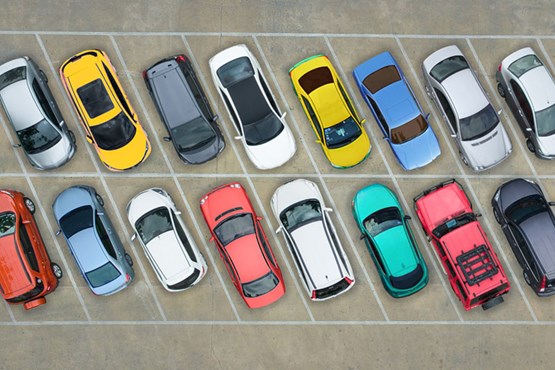Targeting older diesel vehicles brings real air quality and climate benefits says new TRUE report ahead of Warsaw LEZ announcement
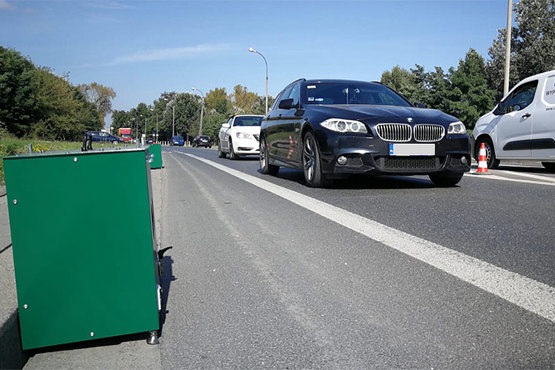
Strong low-emission zone (LEZ) policies could cut fleet-wide emissions by up to 90% in Warsaw, shows a new analysis from the Real World Emissions Initiative (TRUE), ahead of the city’s forthcoming LEZ plan announcements.
A Warsaw LEZ which targets the highest emitting older vehicles could reduce fleet-average NOX and PM emissions by around 90% relative to 2023 levels by 2035, according to this new analysis.
Warsaw Mayor Rafał Trzaskowski committed to introduce a LEZ to address transport-related air pollution, following initial TRUE research, with full plans expected by the end of 2023. The new analysis led by TRUE Initiative partner the International Council on Clean Transportation (ICCT) has proposed two potential LEZ designs for the city and assessed their impacts based on real-world emissions data from a 2020 TRUE vehicle remote sensing campaign.
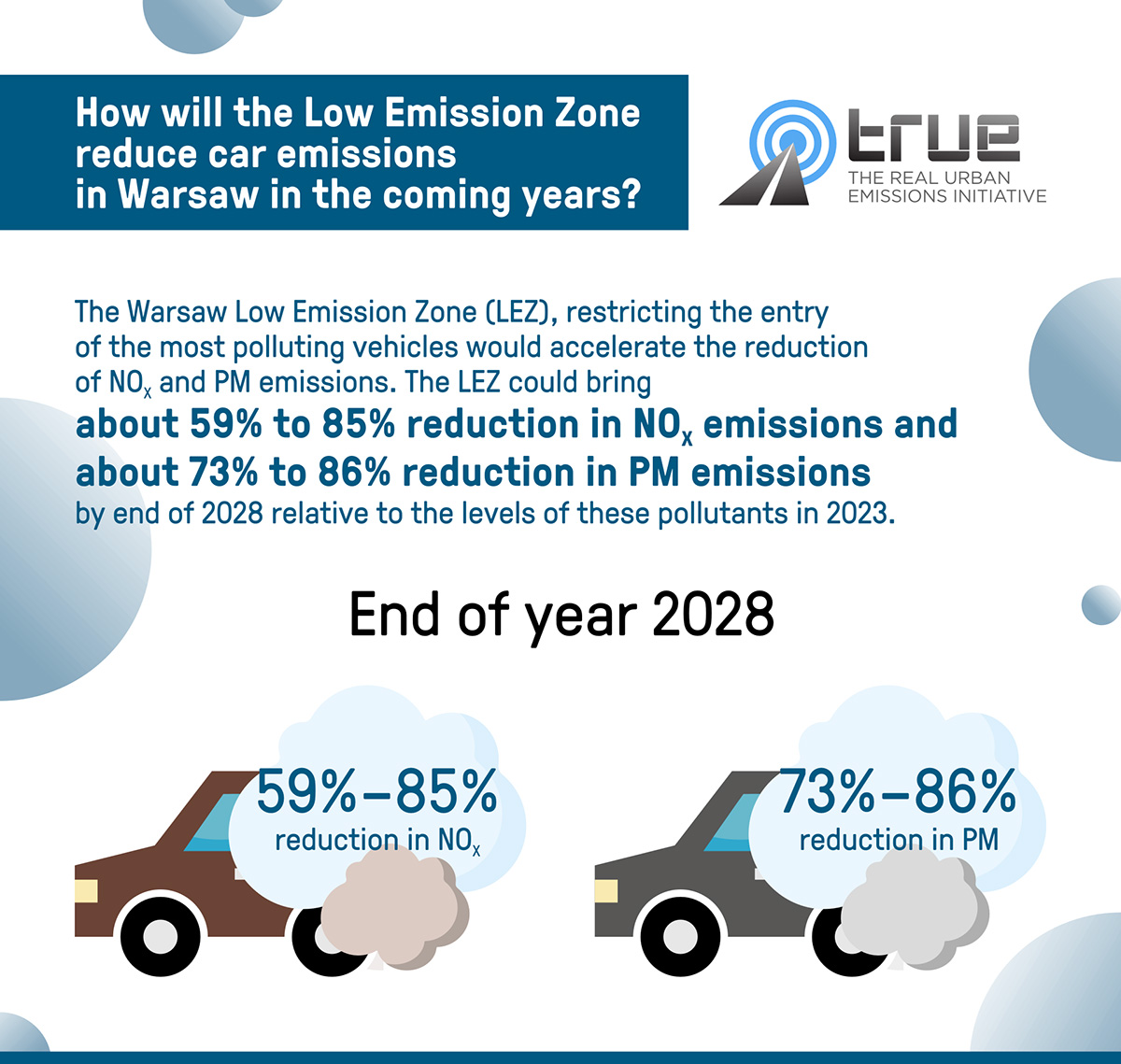
The analysis shows that a well-designed LEZ policy based on real-world fleet and emission information can deliver substantial and immediate air quality benefits. The low-emission zone assessed in the study prioritizes the restriction of vehicle groups with disproportionately large emission contributions, namely Euro 4 and older diesel vehicles. Such a zone could bring about a 50% reduction in NOx and PM emissions relative to current levels in a short timeframe (2027 and 2025 respectively).
Accelerating the implementation schedule by tightening restrictions annually rather than every two years, could deliver the same reduction one year earlier respectively.
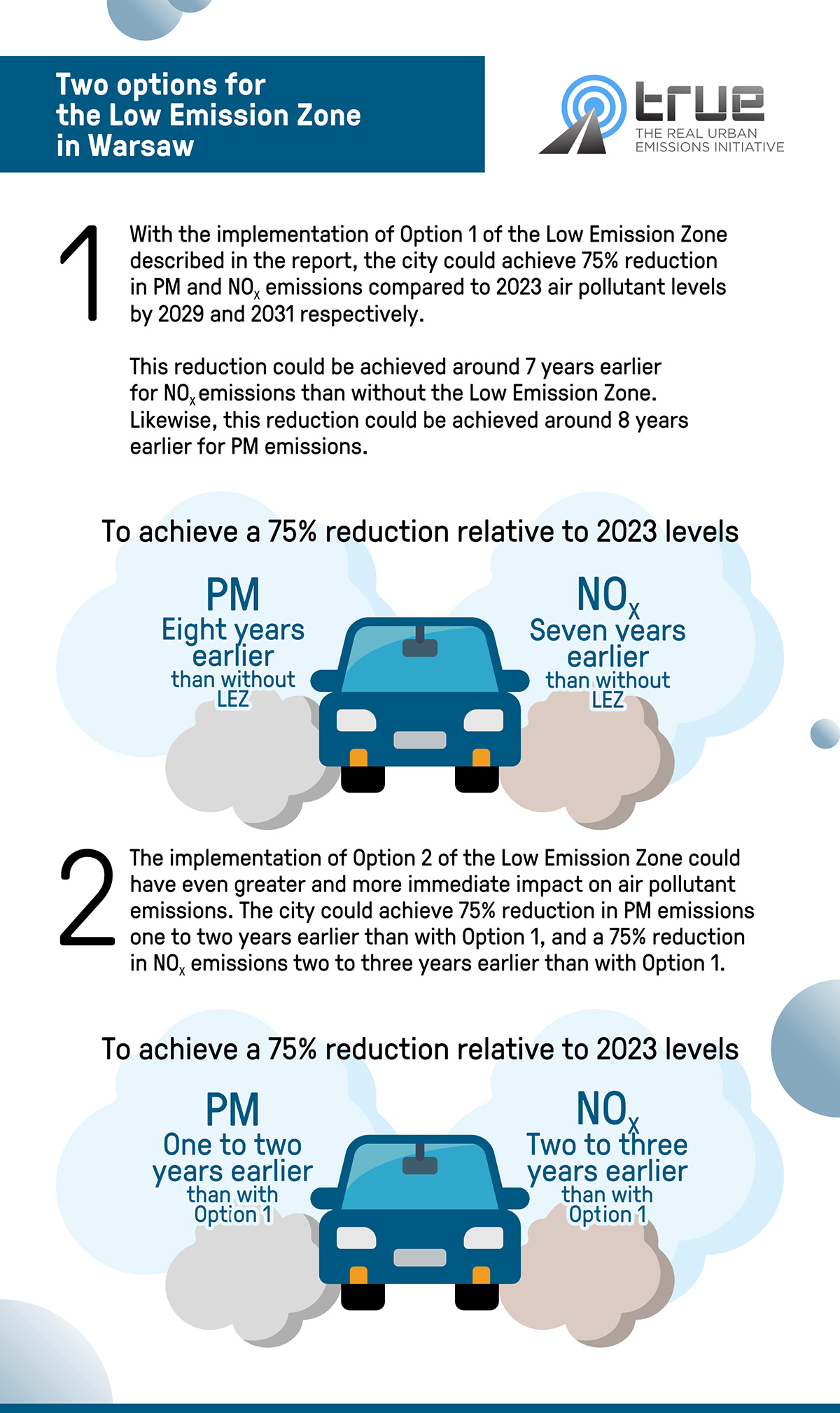
The TRUE study also models the impacts of the LEZ on tank-to-wheel (TTW) and well-to-wheel (WTW) greenhouse gas emissions (GHG). This is totally novel work, which demonstrates that a LEZ could also generate significant climate benefits. The proposed LEZ could halve fleet average TTW and WTW GHG emissions compared to 2023 levels around 3 - 6 years and 6 - 9 years earlier than with no LEZ. As cities make pledges to combat climate change, understanding the potential impact of vehicle policies on GHG emissions becomes more important. Under the best-case scenario, the LEZ with the more accelerated implementation schedule could allow Warsaw to avoid 45% of the WTW GHG emissions that would have been emitted otherwise until 2028. The global transport sector needs to reduce GHG emission reduction by between 40 to 60% by 2030 to meet the Paris Agreement.
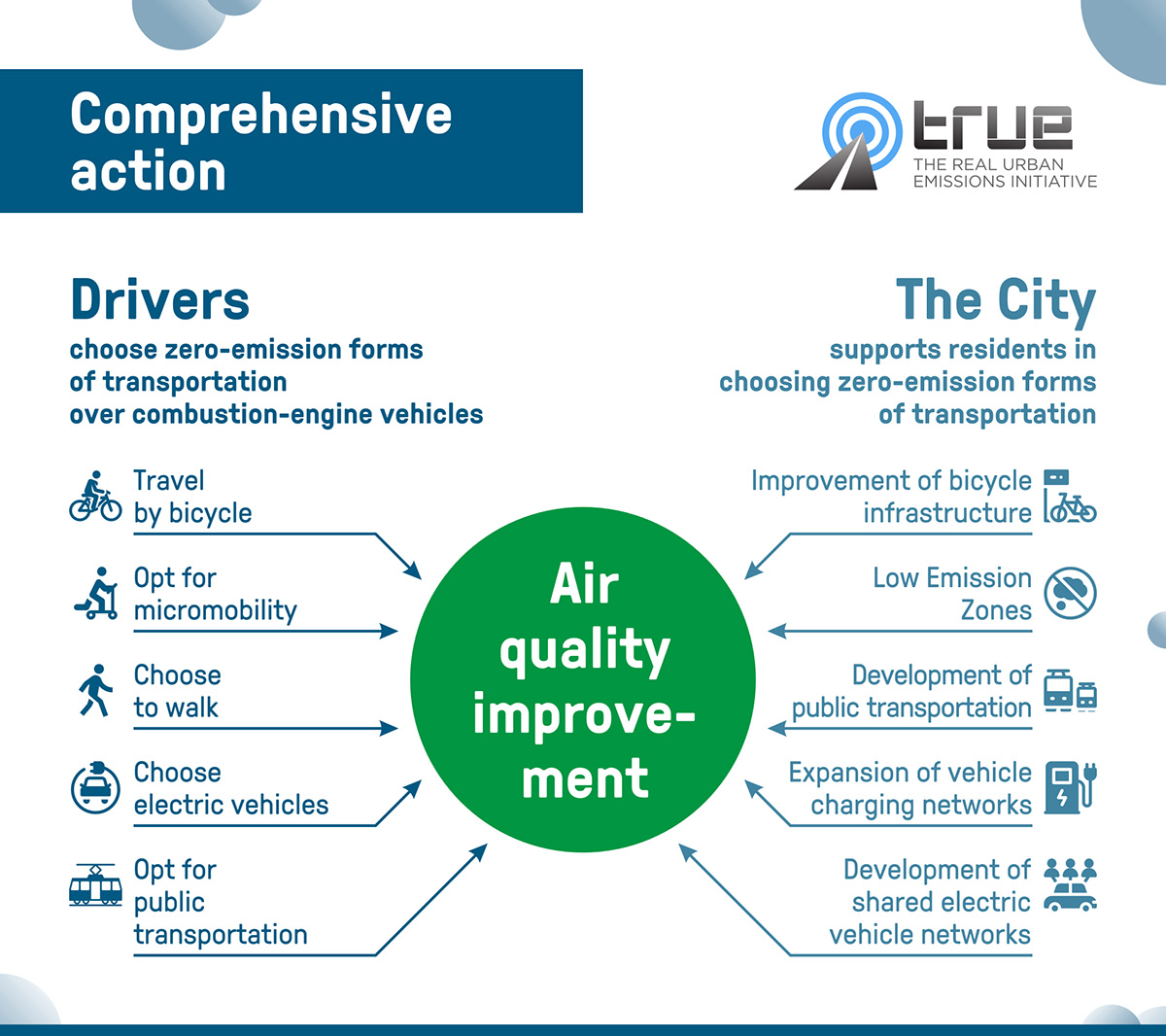
Warsaw can further supplement a low-emission zone with policies that incentivize the transition to electric vehicles, or better, zero-emission mobility options, such as old vehicle scrappage programs, access to shared electric vehicles, or improved public transportation infrastructure.
Tamas Dombi, Director of the Traffic Management Office, Warsaw City Hall: “The TRUE study is very helpful in analyzing the impact of LEZ implementation on air quality in Warsaw. By predicting the reduction in pollution under different scenarios, we can show the expected air quality benefits of implementing the zone.”
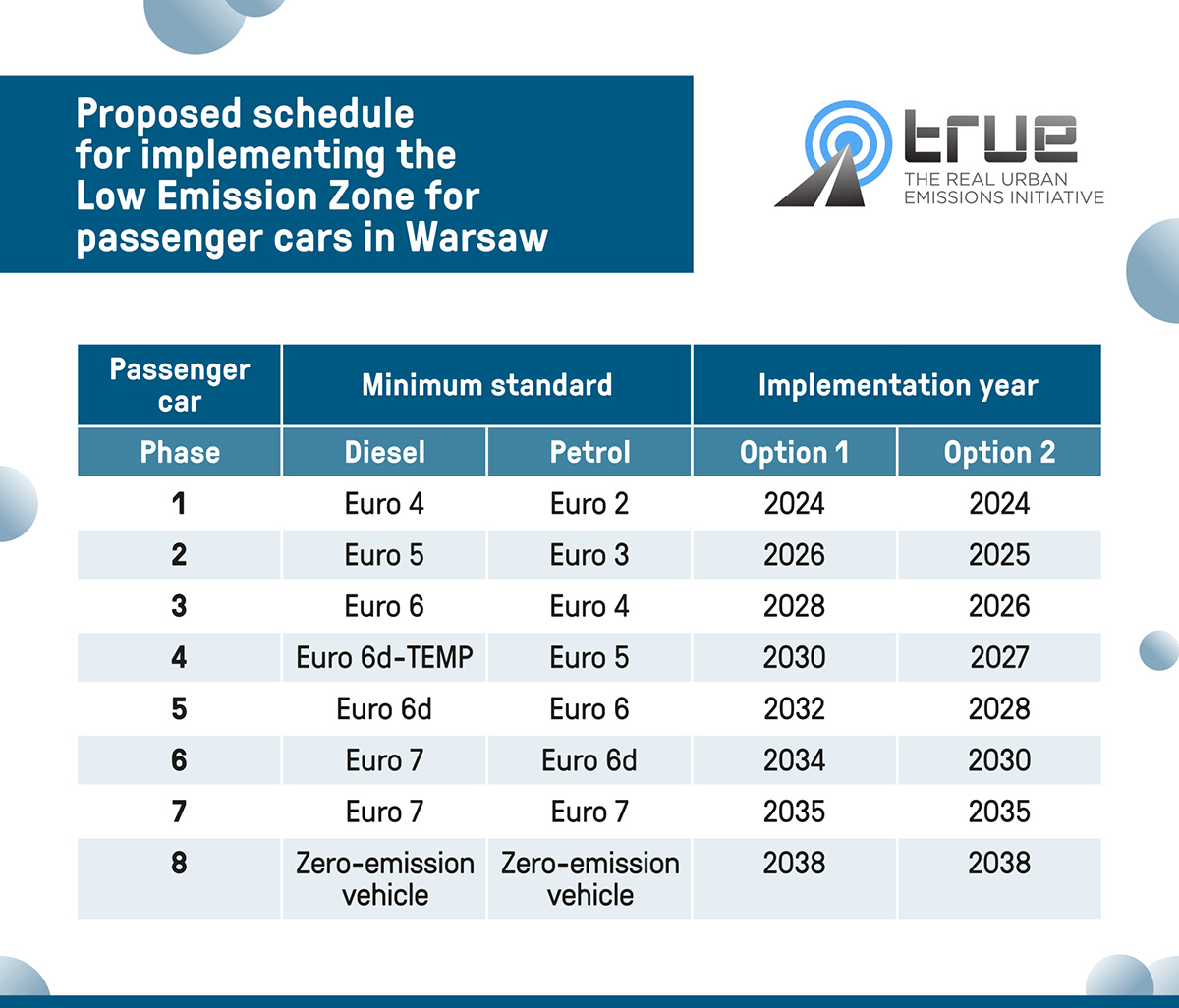
Sheila Watson, FIA Foundation Deputy Director, said: “Cities desperately need independent and accurate data on the real impact of their vehicle fleets to make informed policy decisions. I would encourage other cities committed to delivering effective air quality policies to work with the TRUE initiative. The potential impact of a LEZ on Warsaw’s air quality is extremely clear.”



